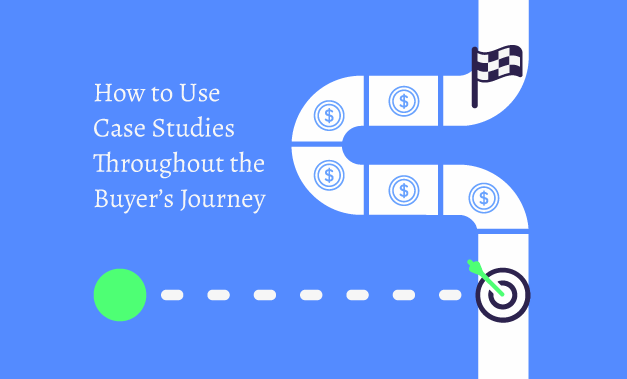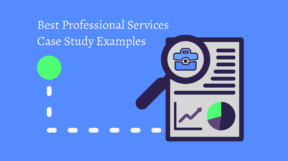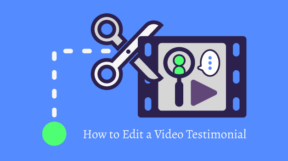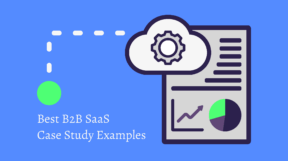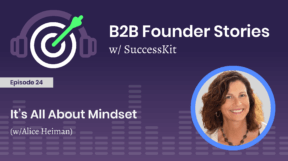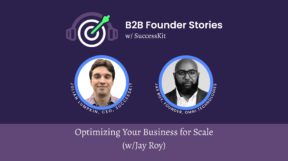There are five stages to the Buyer’s Journey, and Case Studies can be used during each one. However, sales teams sometimes limit Case Studies’ use to just the Consideration Stage of the journey.
That’s a huge mistake.
When you support Buyers in every stage with relevant content presented in an empathetic manner, you can turn tire-kickers into evangelists for your company.
Shouldn’t that be your goal?
Let’s look at each stage of the Buyer’s Journey and see how your sales team should leverage your Case Study library.
The Awareness Stage
Buyers start their progression along the Buyer’s Journey as strangers to what you offer. They may also be strangers to the issues they are facing that placed them in this stage in the first place.
Your Buyers: During the Awareness Stage, your Buyers may struggle with a challenge they need to resolve. Or, they may have identified symptoms of a problem they seek to understand.
Your Actions: Use Case Studies to demonstrate that you understand their challenges or problems. It’s best to show the Buyers at least one Case Study that highlights their exact concerns and pain points. If you have a single solution impacting several industries, you should have a Case Study on hand for each sector.
The Consideration Stage
In the Consideration Stage, your Buyers need a complete understanding of their challenges or problems. At the same time, they are starting to evaluate potential solutions.
Your Buyers: They are not ready to buy, but they do need support. They are open to considering your product or service as a possible option to meet the challenge or solve their problem.
Your Actions: Help your Buyers understand what the best options look like for them by showing them successful examples from your Case Study library.
The Purchase Stage
Congratulations! You’ve made the sale. There are still things you can do to support your Buyers.
Your Buyers: The decision and commitment have been made to purchase your product or service.
Your Actions: At this point, another team might be onboarding the Buyers. But don’t just forget the Buyers—justify the reasoning behind their purchase by sharing relevant Case Studies with them.
The Retention Stage
Again, congratulations on maintaining a sales relationship with the Buyers. In this stage, you have the opportunity to strengthen that relationship and help them get the most value and satisfaction from what you offer.
Your Buyers: They are going about their daily business while using your project or service.
Your Actions: When a new feature or model is released, share fresh Case Studies showing companies like theirs that are using the new feature or model with success.
The Loyalty and Advocacy Stage
You have the Buyers’ trust at this point. But you want to solidify it so that they will become cheerful advocates. What’s one of the best ways to do that? Feature them in their very own Case Studies.
Your Buyers: Again, they’re minding their daily business while using your product or service.
Your Actions: Approach your satisfied customers with a special request. Ask them if they would be willing to be featured in a Case Study that will showcase their brilliant business decision to use your product or service.
Conclusion
As pieces of marketing content go, Case Studies have value at every stage of the Buyer’s Journey. Whenever you need help building your library of Case Studies, trust SuccessKit to create them for you.
